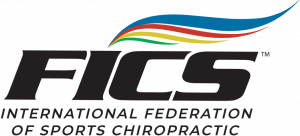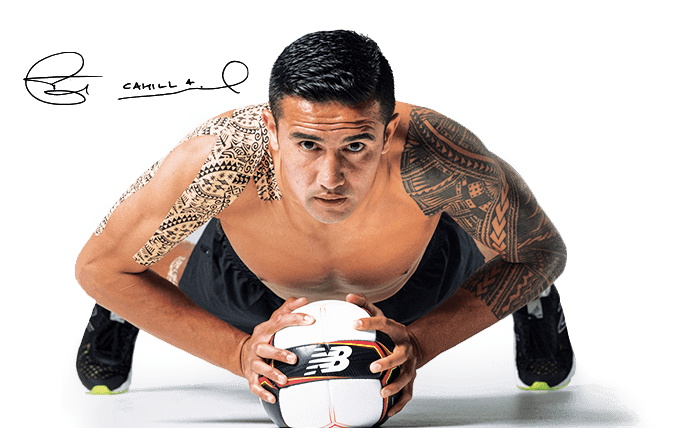Part A of our credentialing education pathway, this
6.5-hour module is specifically designed to help clinicians develop a sound
understanding and ability to employ Dynamic Tape Global with a specific focus on the
upper and lower limb.
Though focused on efficient application of Dynamic
Tape, the module will also provide an ability to critically evaluate taping
approaches and an exploration of the underpinning biomechanical principles that
enhance successful use of the tool. The module will outline the influence of load
and force transfer on pathology and movement, consider traditional taping
approaches and their uses and limitations with respect to managing load and
movement, in addition to exploring the unique properties of Dynamic Tape Global which
allow the tool to address these gaps.
To further familiarise attendees with the various
mechanical mechanisms and contemporary utilization of Dynamic Tape Global, emerging
research will be considered, enhancing practitioners’ application to support
their clients to realise their performance and clinical outcome goals.
Who’s it for?
Dynamic Tape Global courses are designed for registered
medical health professionals such as physiotherapists, osteopaths,
chiropractors, podiatrists, hand therapists, occupational therapists, Pilates
instructors, sport rehabilitation therapists, and athletic trainers
What’s involved?
Comprising approximately 6.5 guided learning hours,
this module can be attended as either virtual/live webinar session or as a
face-to-face event. Course attendees are supported in their learning
progression through direct interaction with the accredited tutor team,
exploring underpinning concepts and their application with respect to the use
of Dynamic Tape Global.
For added reassurance, attendees are assessed
throughout the course using a range of practical demonstrations and learning
checks designed to support the successful integration of the content into
clinical practice and performance environments.
To ensure you get the most effective learning
experience, learners must be physically able to participate as you will be
required to participate in practical scenario-based training sessions.
Pre-requisite
· Learners must be at least 18 years old on the first day of the training
· Candidates need a basic command of English (defined as Level 2)*
*Or the local dialect in the case of international
courses
What’s included?
· Part A attendance certification fees (credentialing certification only
on completion of Part C and associated assessment)
· Course material
What will I learn?
Key learning outcomes are;
· Exploration of the underpinning biomechanical principles and mechanisms
of action that support the application of Dynamic Tape Global
· Exploration and critical review of the large body of evidence supporting
the need or indication of the application of biomechanical taping to manage
load, movement, and function
· Consideration and critical review of emerging literature focussing on
the mechanisms of action of Dynamic Tape Global
· Exploration of how to develop and apply an effective biomechanical
taping technique
· Ability to apply a critical review of alternative taping approaches
· An introduction to and an exploration of how to develop and apply an
effective biomechanical taping technique for the upper and lower limb
· An outline of the Dynamic Tape Global credentialing pathway and next steps of
progression
Suggested Progression
Part B – Advanced Concepts, Spine, NT, SMP


